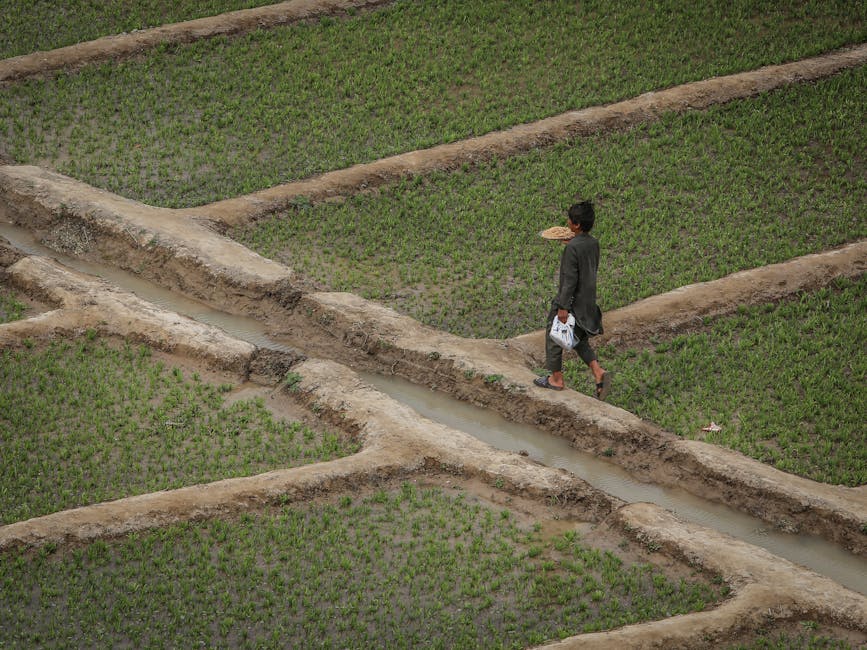Another Deadly Earthquake Worsens Afghanistan’s Humanitarian Crisis
Afghanistan faces yet another catastrophe as a 6.3-magnitude earthquake strikes Herat Province, killing over 2,000 people and leaving thousands homeless. The disaster compounds the nation’s existing crises—economic collapse, political isolation, and chronic instability—pushing vulnerable communities to the brink.
Immediate Impact: Collapsed Homes and Overwhelmed Hospitals
The quake flattened mud-brick homes in Herat, a region with fragile infrastructure. Rescue teams scramble without proper equipment, while hospitals overflow with limited supplies. The Taliban’s plea for aid faces delays due to strained international relations.
Why Afghanistan Can’t Recover: Systemic Vulnerabilities
- Weak Infrastructure: Decades of conflict left buildings and roads unfit to withstand disasters.
- Economic Sanctions: Frozen assets and reduced aid cripple emergency response efforts.
- Climate and Geology: Frequent quakes and droughts worsen with no mitigation plans.
Global Aid Efforts Meet Obstacles
Organizations like the UN face Taliban restrictions, especially on female aid workers, slowing distribution. Nearby countries offer help, but resources are thin. Survivors risk hypothermia as winter approaches.
FAQ
How can people help earthquake victims in Afghanistan?
Donate to verified NGOs like the Red Cross or UNHCR, which navigate Taliban restrictions to deliver aid.
Why is Afghanistan so prone to earthquakes?
It sits on active fault lines, and poor construction standards increase casualties.
[TAGS] Afghanistan earthquake, Herat disaster, humanitarian crisis, Taliban governance, earthquake relief
[CATEGORY] World News
[SLUG] afghanistan-earthquake-herat-crisi




